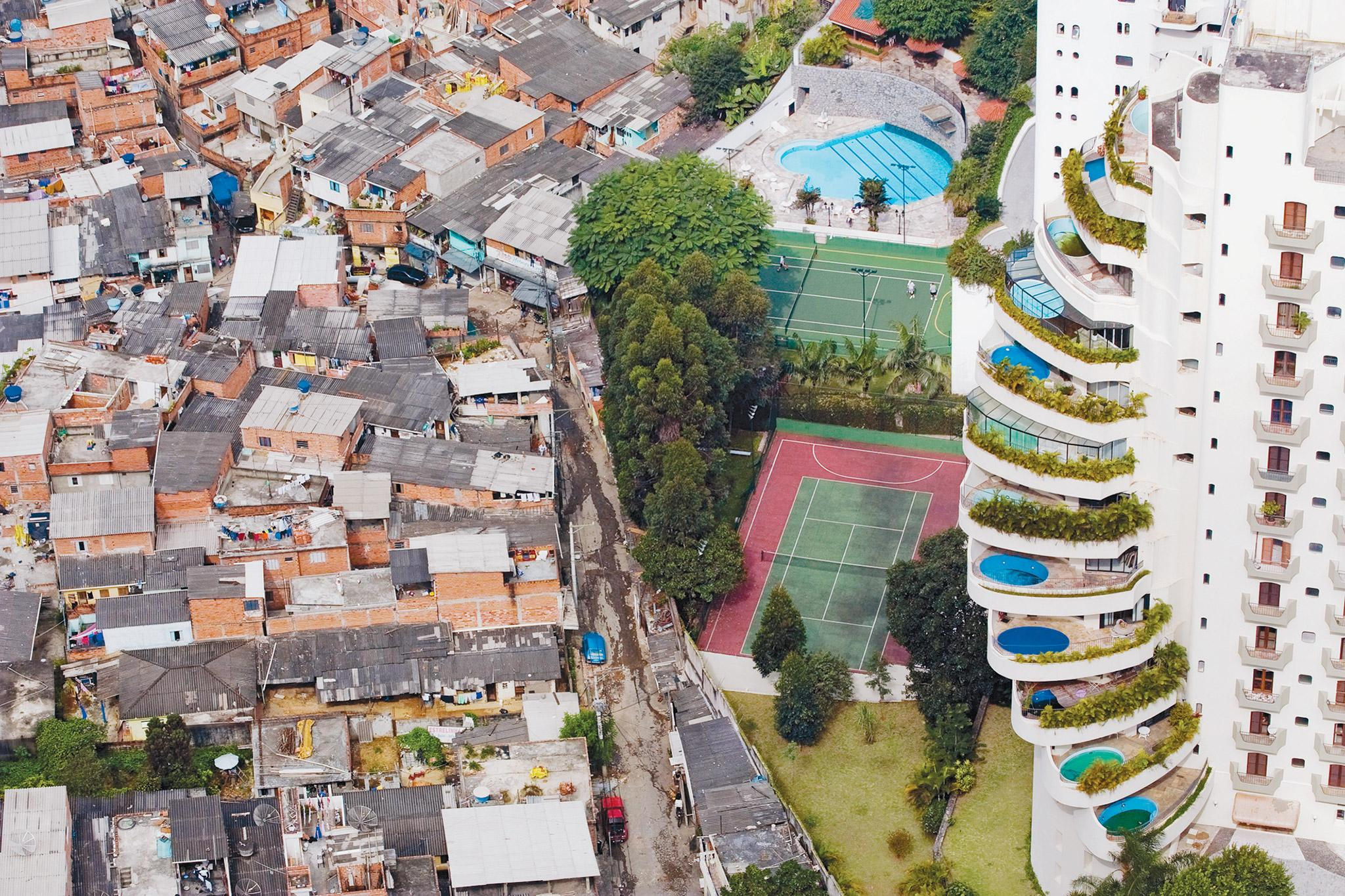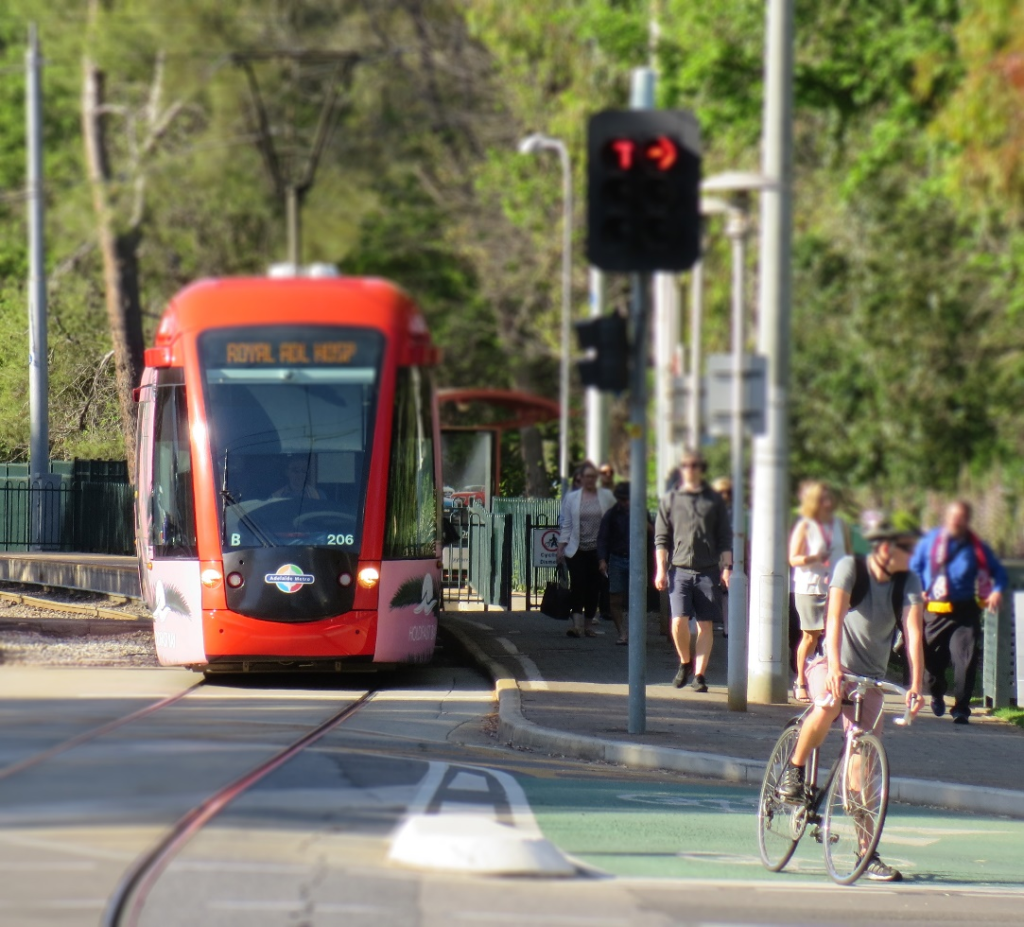City Know-hows

Target audience
For the attention of: Governor, Mayor and municipal secretaries of the City of Sao Paulo: Organisations and actors engaged in urban change for health in middle-income countries.
The problem
Considering the growing effort to reduce environmental inequities in terms of access and choice for physical activity, it is important to consider how environmental and policy interventions happen across different divisions of a given city such as regions (i.e. downtown vs. peripheral areas), income groups, neighborhoods, and homes. In addition, regular evaluations of the environmental interventions through policies may encourage public health agencies and policymakers to maintain or adjust these actions.
What we did and why
We described longitudinal changes in the built environment relevant leisure-time physical activity and active travel in Sao Paulo city, Brazil, between 2015 and 2020. For this we used using public online library of geospatial databases, and databases of the specific municipal/state secretariats and laws/decrees. In addition, we were able to describe those changes across different regions of the city, income groups, population densities and in the form of a cohort study through time.
Our study’s contribution
Our study shows important changes in built environment facilities for physical activity promotion in Sao Paulo city. We found the following changes between 2015 and 2020: Outdoor gyms (+109.6%), bike paths (+67.7%), train, subway stations and bus terminals (+15.4%), and sports facilities (+12.0%) – were the attributes we studies that grew the most. We also show different patterns of growth with reference to various regions of the city and census tracts’ income.
Impacts for city policy and practice
The findings have policy and design implications. They can be used to verify whether policies such as the New Master Plan, Urban Mobility Plan, and Statute of Pedestrian are being executed effectively; whether they are achieving the ambition to build a city that is better and fairer for people, and promoting a favourable environment to the physical activity.
Further information
Full research article:
Built environments for physical activity: a longitudinal descriptive analysis of Sao Paulo city, Brazil by Inaian Pignatti Teixeira (@InaianTeixeira), João Paulo dos Anjos Souza Barbosa, Ligia Vizeu Barrozo, Adriano Akira Ferreira Hino, Priscila Missaki Nakamura, Douglas Roque Andrade, Suzanne Mavoa, Gavin Turrell, Rodrigo Siqueira Reis and Alex Antonio Florindo
Related posts

Year-long road closure to Mainkai riverfront in Frankfurt demonstrated more active public space usage, especially during COVID-19 lockdown. Our study looks at the +45% cyclists, +20% pedestrians and + 1150% children cycling on the street.

Public health authorities encourage outdoor activity while physical distancing during the pandemic, but could the built form of cities and neighbourhoods support outdoor activity during COVID-19?

Through a literature review, we summarize key contributing factors of healthy, climate resilient urban environments and how these have been measured. Our study adopts a holistic approach to explore how health and climate change co-benefits could be monitored and achieved in cities. We identify indicators that have been used to measure how policies and built environments support healthy, climate resilient cities. This provides valuable insights for planning, prioritization and monitoring of cities internationally.